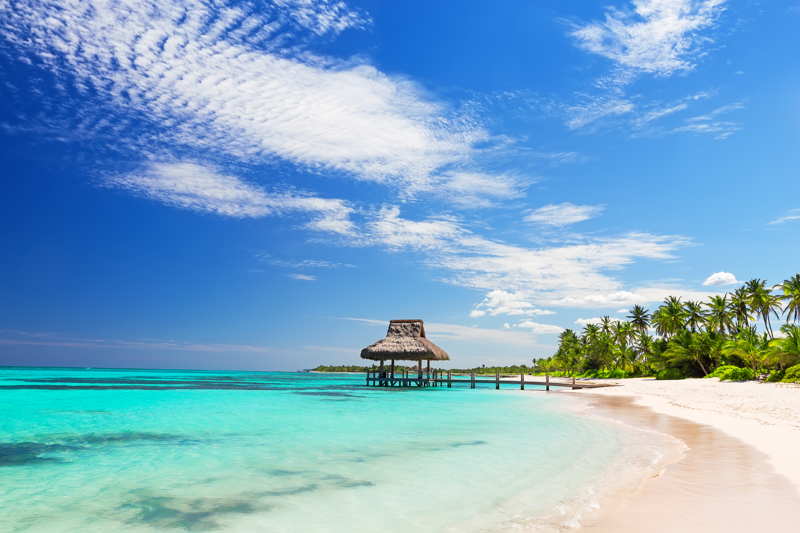Relatively comfortable and inexpensive buses connect the major Dominican cities. Santo Domingo and Santiago are the main hubs, with two main companies — Caribe Tours and Metro — offering service to the Cibao, the Samana Peninsula, Barahona, and the entire north coast.
For example, Caribe Tours offer advance reservations online, but most travelers simply show up and take the next bus headed in the direction they want to go.
Fares are extremely cheap (as little as RD$350 for a cross-country trip), and most of the major long-haul buses are air-conditioned and equipped with toilets.
For instance, adventurous travelers can avail themselves of the informal network of guagas that cross-cross nearly every square inch of the country.
On the other hand, don’t expect much in the way of comfort, as the rundown minivans are often crammed to the gills with people, luggage and even livestock.
Catching a guagua is as simple as standing by the side of the road and waving as one passes.
The cobrador hanging his head out the door (assuming it has a door) will shove you into whatever space he can find and take your fare after the van gets underway again.
As a foreigner, expect to be overcharged. And, if in doubt about the fare, ask one of your fellow passengers the correct amount.
Car rentals are widely available, but expensive. Gas prices are exceptionally high.
Regardless of whether your credit card offers insurance coverage with the rental, it is often advisable to opt for local insurance as it will significantly ease the hassles if you are involved in an accident.
In short, take special care to note of any dents or scratches on the car before you set out.
The main roads in the Dominican Republic are generally good (including a newish toll road between the capital and Samana), but deteriorate rapidly once you get off the trunks.
The North Coast
The North Coast around Puerto Plata is one of the principal destinations for independent travelers.
Resorts are peppered around the main towns throughout the region, the beaches are attractive with amber sand and the water is clean though not quite the turquoise blue that many travelers come to expect of the Caribbean.
Apart from Puerto Plata, the principal tourist towns on the North Coast are Sosua, once a refuge for Jews escaping Nazi Germany and now a somewhat seedy center of sex-tourism, and Cabarete, the kite-surfing capital of the Caribbean.
Samana
The Samana peninsula, on the northeast tip of the island reachable via a decent road from Puerto Plata, is justifiably touted as one of the loveliest spots in the Caribbean.
The area has developed significantly in the past couple of decades, but visitors will still find unspoiled beaches, coconut tree-covered mountains, tropical rain forests, and internationally known whale-watching.
Aside from the village of Samana itself, when you’re planning to travel in the Dominican Republic, consider the former fishing village of Las Terrenas.
Above all, it has become a popular destination for both visitors and those seeking sunny climes in which to put down roots — especially Europeans.
South of Samana on the east coast of the Dominican Republic is Punta Cana, now littered with all-inclusive resorts run by most of the major players in U.S. and European hospitality industry.
There are now more than 55 resorts in the Punta Cana region.
Bavaro Beach, Macao Beach, and Uvero Alto beaches are the most famous spots.
The South Coast
The South Coast of the island is still relatively quiet compared to the North Coast.
La Romana and Bayahibe are known for spectacular sunsets over the water and crystal-clear waters away from the main population centers.
Offshore islands worth a visit include Catalina and Saona. The faux colonial village of Altos de Chavon sits on a bluff overlooking the Chavon river and is not far from the most luxe resort development on the island, Casa de Campo, built in the 1970s by the Gulf + Western company and famous worldwide for its championship golf courses.
Santo Domingo
The capital, Santo Domingo, is by far the island’s largest city and its political and economic center.
Four- and five-star hotels, cultural amenities, and a vibrant night life set it apart from some of the quieter corners of the Dominican Republic. The colonial central is the main attraction for visiting tourists.









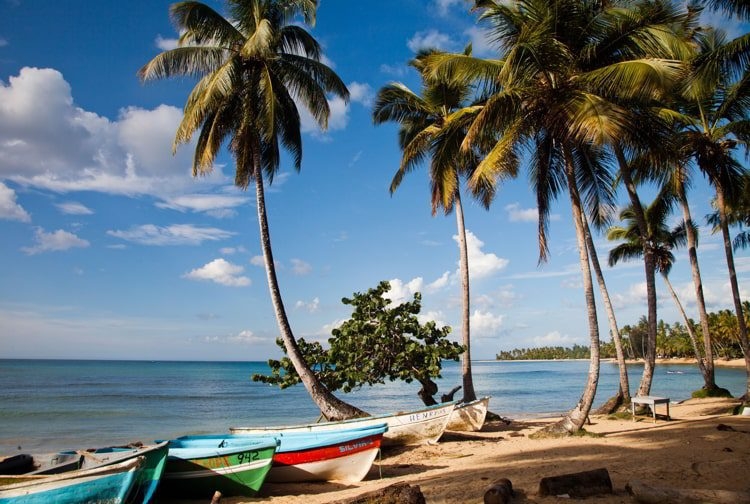 . '
. '
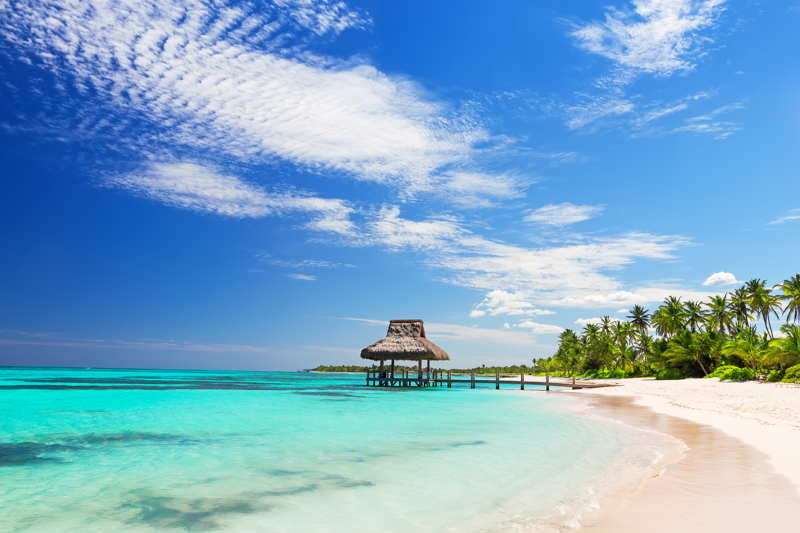 . '
. '
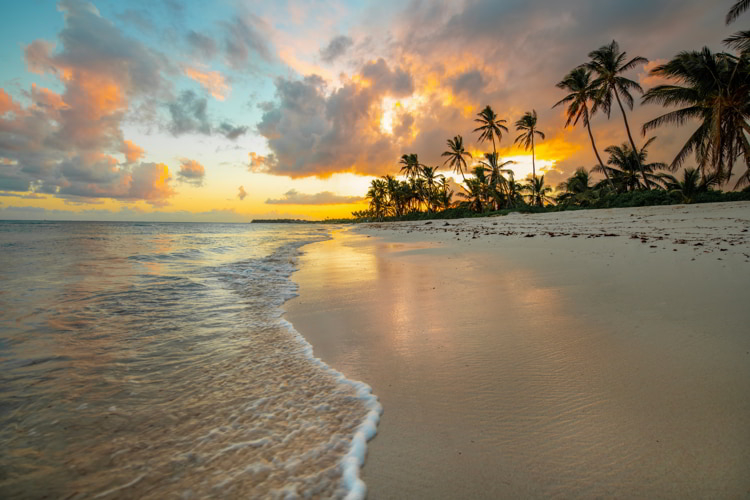 . '
. '
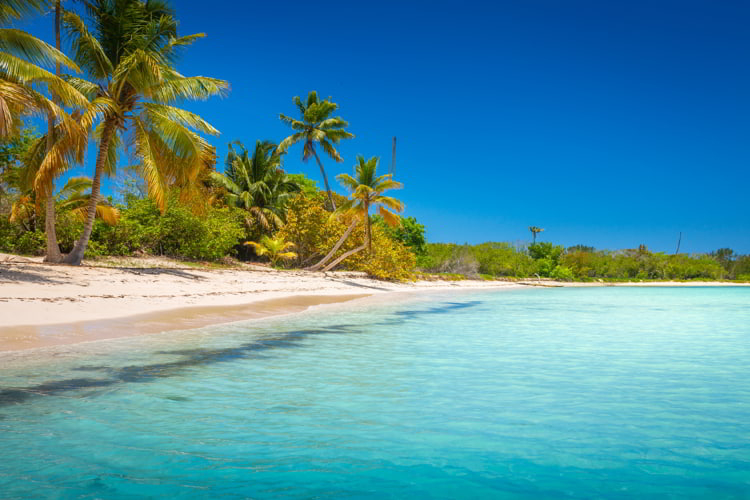 . '
. '
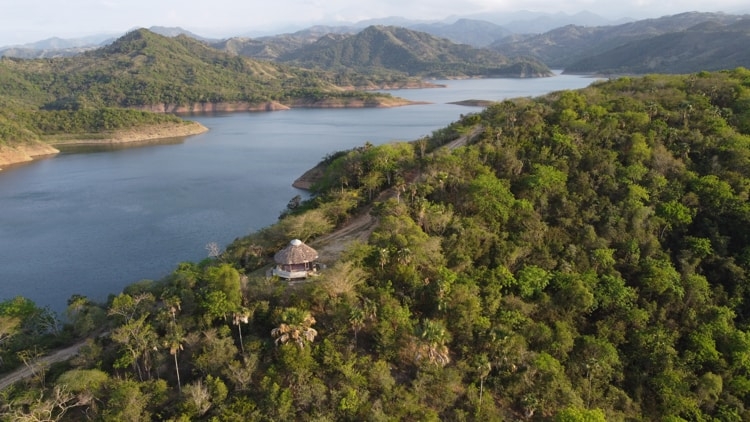 . '
. '

